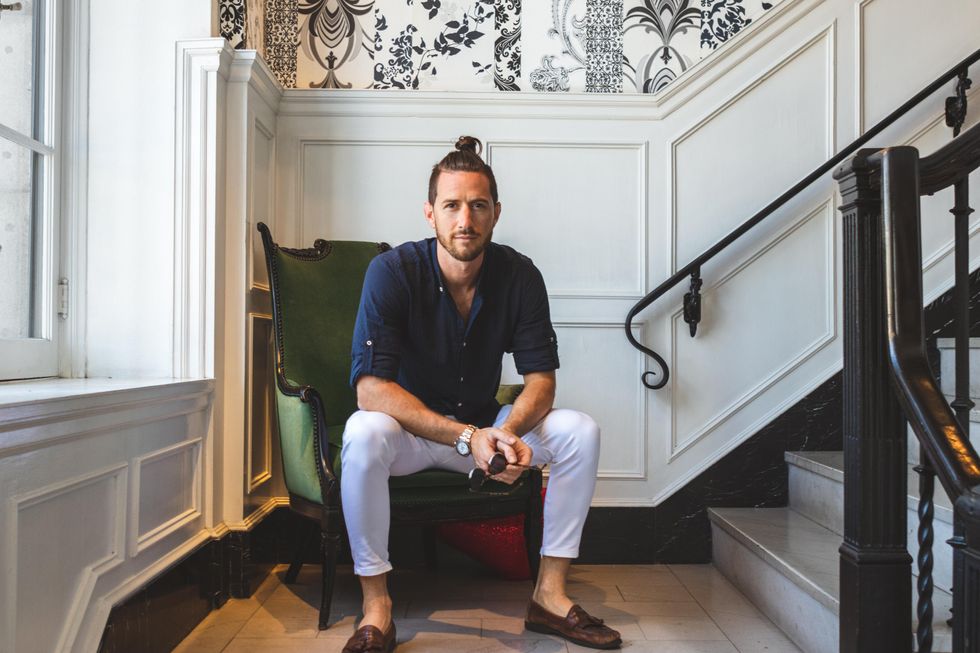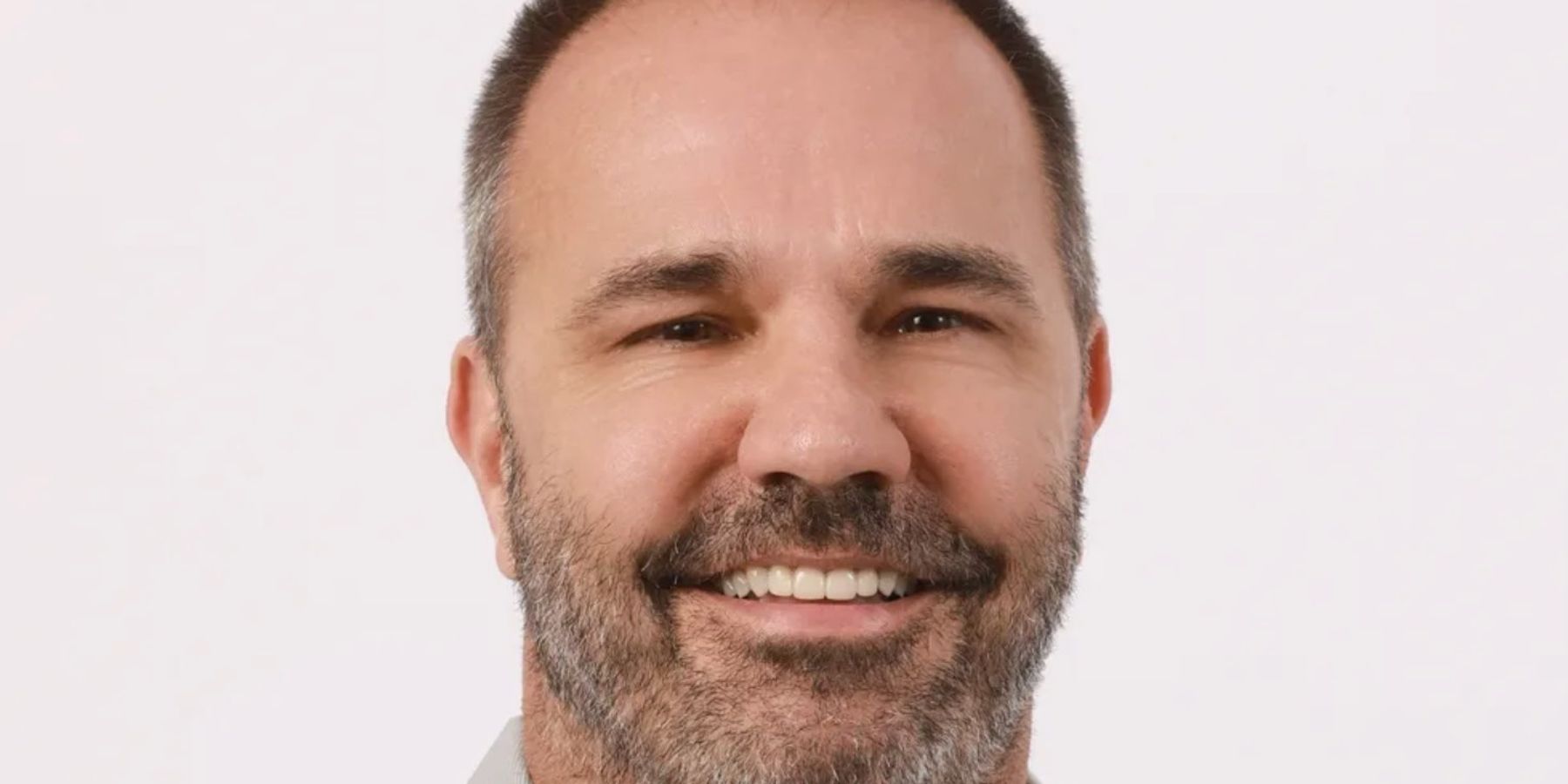

Get in the KNOW
on LA Startups & Tech
X
Photo by Benjamin Child on Unsplash
Why a Startup Needs a Board: The Why and How of Constructing a Board Early
Spencer Rascoff
Spencer Rascoff serves as executive chairman of dot.LA. He is an entrepreneur and company leader who co-founded Zillow, Hotwire, dot.LA, Pacaso and Supernova, and who served as Zillow's CEO for a decade. During Spencer's time as CEO, Zillow won dozens of "best places to work" awards as it grew to over 4,500 employees, $3 billion in revenue, and $10 billion in market capitalization. Prior to Zillow, Spencer co-founded and was VP Corporate Development of Hotwire, which was sold to Expedia for $685 million in 2003. Through his startup studio and venture capital firm, 75 & Sunny, Spencer is an active angel investor in over 100 companies and is incubating several more.
If your business is a corporation, you are required by law to have a board of directors. For many startups, it can seem like just an option. However, there are many reasons startups should aim to form their own board of directors early in their lifecycle.
Does Your Startup Need a Board of Directors?
Yes. Even for experienced founders, a new company comes with new challenges — and an opportunity to make all new mistakes. For first-time founders, you don’t know what you don’t know. The best way to avoid many of these mistakes is to surround yourself with experienced counsel, and a board is a way to formalize that. The primary job of a board of directors is to look out for shareholders' interests, oversee corporate activities, assess performance, assess the CEO and senior management and give feedback about the future direction of the company. Your board should help provide advice and mentorship from people who have been there, done that.
When Should Your Startup Form a Board?
As you start to think about your board as founder and/or CEO, the board can initially be as small as just one director: you.
As the startup grows and evolves over funding rounds, you should expand and include more members. The most standard time to form a board is after the Series A funding round, but some startups choose to after the seed round. Typically, the board expands as the company does from two to three directors (including the CEO) around the Series A, to five to seven directors when the company is in the Series C/D stage to seven to nine directors as it is preparing to go public.
I prefer boards on the smaller side because they can be more collaborative and interactive, but as you create board committees, you will need a larger board in order to have two to three directors on each committee.
Who Should Serve On Your Startup's Board?
One of the best ways to fill a board of directors is to find the people you wish you could hire but may be in positions where it’s not really feasible. For a startup, you should aim for a board with three to five directors. This should include one or more in each of the following categories: the founder, an investor in the company and an independent director.
You’ll want to have some of your investors on the board because they are the ones most rooting for and affected by the financial success of the company. This will also allow them a small measure of control and visibility into the company's progress. Keep in mind it’s important to keep cultivating these relationships for when you need to raise capital down the road.
Additionally, it’s important to have one or more independent directors — a person who is neither an employee nor an investor in the company — on the board early. Ideally, you’ll be able to find another founder, peer, colleague or acquaintance who has been in your seat before and can bring a clear, objective perspective to board discussions. A trusted independent director can let you know if you’re missing an opportunity or taking a step in the wrong direction. Plus, most importantly, help navigate the challenges that arise when the investor board directors may have a different perspective from or disagree with the operating board directors.
Lastly, the diversity of your board is also extremely important. Groups from different backgrounds, genders, races and perspectives make better decisions and improve business outcomes. I recently had a conversation with CNBC’s Julia Boorstin at the dot.LA Summit about this very thing.
A Board Success Story
Throughout my countless years working and growing with boards, I’ve had many opportunities to see just how important a good BoD is. A great example of when a board decision aided my company and me more than expected is from my time at Zillow.
Prior to 2008, investors were looking to invest more money into Zillow — which we didn’t need at the time. One of our board members, Bill Gurley, gave the great advice of “take the hors d'oeuvres when they’re being passed” or take the money when it’s being offered. We ended up taking on the new capital and it was good that we did. When the 2008 financial crisis hit, the extra capital allowed Zillow to weather the storm and take advantage of the moment to expand more aggressively when the market was up for grabs.
It’s small moments like this that led to bigger successes down the road and prove the importance of having a board early.
Final Thoughts
Your board of directors should help you navigate challenges and serve as a trusted sounding board (pun intended) when you need advice. Something most, if not all, founders know by now is that startups are dynamic and constantly evolving, so as your startup scales your board will too. And if you build the foundations of your board thoughtfully, it will aid your startup in the years to come.
From Your Site Articles
- Brian Lee Offers Lessons From Being A 4-Time Startup Founder ... ›
- Brex Co-Founder on Why He Moved to LA, Startups and Remote Work ›
- How To Structure Your Startup's Board: From Pre-Seed to IPO - dot.LA ›
- Three Tips for Working With Your Start-Up Board - dot.LA ›
- Three Tips for Working With Your Start-Up Board - dot.LA ›
- Three Tips for Working With Your Start-Up Board - dot.LA ›
Related Articles Around the Web
Spencer Rascoff
Spencer Rascoff serves as executive chairman of dot.LA. He is an entrepreneur and company leader who co-founded Zillow, Hotwire, dot.LA, Pacaso and Supernova, and who served as Zillow's CEO for a decade. During Spencer's time as CEO, Zillow won dozens of "best places to work" awards as it grew to over 4,500 employees, $3 billion in revenue, and $10 billion in market capitalization. Prior to Zillow, Spencer co-founded and was VP Corporate Development of Hotwire, which was sold to Expedia for $685 million in 2003. Through his startup studio and venture capital firm, 75 & Sunny, Spencer is an active angel investor in over 100 companies and is incubating several more.
https://twitter.com/spencerrascoff
https://www.linkedin.com/in/spencerrascoff/
admin@dot.la
Meet HeyPal, the Language App Using Social Media Influencers To Spread the Word
06:00 AM | June 29, 2022
Photo courtesy of HeyPal
Katy Johnson, a reality TV star and globe-trotting travel blogger, has lately offered some advice to her more than 100,000 Instagram followers.
“I urge you to learn a new language,” the model has told her fans, noting how locals in the foreign countries she has visited appreciate the effort. “It’s essential to be able to connect with people as much as possible while I travel,” she wrote in another post last month. Johnson, a former contestant on the TV show “Joe Millionaire,” has repeatedly suggested one particular way to study a new language: HeyPal, a one-year-old language-learning app.

A photo from Johnson's Instagram account, which she's used to promote HeyPal.
Photo courtesy of HeyPal
“Today I wanted to work on some Arabic slang, so I literally can pull out the phone and use the app anywhere, anytime!” read a caption to one photo of Johnson sitting near the Indian Ocean with a smartphone in her hands and a cocktail nearby.
At first glance, her casual endorsements may look like mere tips from a travel expert. But the Instagram posts, sprinkled between photos of the model posing in exotic tropical locations, are part of a paid campaign by HeyPal, which is owned by Beverly Hills-based digital app developer ClickStream.
HeyPal—which promises to help users learn new languages through social media posts and online chats with native speakers—has made content creators like Johnson a key part of its marketing and growth strategy. The app is currently paying three influencers, including Johnson, to spread the gospel by showcasing glamorous real-life examples of how people can benefit from the platform.
HeyPal, which has racked up more than 1 million downloads since going live last June, is hardly the only brand turning to influencers. Spending on influencer marketing has exploded in recent years, jumping from only $1.7 billion in 2016 to $16.4 billion this year, according to research from Influencer Marketing Hub.
In some ways, influencer marketing is not much different from traditional celebrity endorsements where actors, artists and athletes hawk products in advertisements. But online influencers often forge deep relationships with their fans, making their endorsements more effective, according to experts. That’s especially true if the products or services they’re marketing naturally fit with the content they’re creating—such as Johnson highlighting a language-learning app as a travel blogger.
“At the end of the day, influencer marketing works because the audience trusts the creator,” Brad Hoos, CEO of influencer marketing agency The Outloud Group, told dot.LA. Hoos noted that customers acquired through influencers tend to stick with brands longer than those lured by other campaigns.
Launched in 2020, HeyPal aims to help people learn new languages by conversing with native speakers through social media features like chats, posts, comments and media uploads. HeyPal offers both free and paid versions of the app; the latter is available in two subscription tiers ($9.99 or $14.99 per month) and includes additional features like unlimited translations on posts and a “PenPal” feature that matches users who can teach each other new languages.
HeyPal CEO Jonathan Maxim, a marketing veteran who ClickStream hired for the role last year, told dot.LA that Johnson and the app’s other influencers bring credibility to the platform. Those other influencers include Jessica Killings, an actress, model and angel investor who, like Johnson, has a large Instagram following.

HeyPal has worked with roughly 20 influencers to date, though it has only struck paid partnership deals with three, according to Maxim. (“The other 20 or so are just enthusiasts of the mission,” he noted.) The company declined to share how much it pays influencers to market its app.
In addition to boosting the brand’s visibility, HeyPal’s influencers are able to steer people to the app or channels like its Instagram account, through which the company can later retarget them with ads or push notifications, Maxim said. HeyPal can measure reach, click-through rates and number of app downloads by influencer, and can optimize its ads accordingly.
“Influencer marketing serves the top of the funnel for us,” Maxim said. “Katy creates engaging content, brings people to the middle of the funnel, and then we retarget them and bring them to the bottom of the funnel—which is conversion and engagement in the app.”
Johnson’s Instagram endorsements don’t dig into the details of the app, but they subtly suggest the perks of learning a new language. An Instagram Reels video she made in March shows Johnson dancing and posing for selfies with people around the world—activities presumably made possible by her ability to speak different languages.
“These types of posts help people dream—to see a country and the beauty, the food, the people,” said Jamie Gutfreund, chief marketing officer for Los Angeles-based Whalar, a creator economy company that works with influencers and brands. “They can imagine what their experience could be, especially if they have learned the language.”
Creators have to tread carefully when it comes to corporate partnerships, however. Although brand deals may provide more stable income than platform ad revenue, creators have to ensure they don’t harm their authenticity by constantly promoting products, experts said. About 13% of fans say they have unfollowed a creator because they included too many ads in their content, according to a recent survey.
Johnson is keenly aware of that balancing act: She said she sends just a few promotional posts per month and doesn’t endorse anything on Instagram “unless I really believe in it.” Asked how she makes her promotional posts seem authentic, Johnson said she doesn’t need to.
“I don't really make it look like anything—it is authentic,” she told dot.LA, pointing to videos she shared of her playing with children in Kenya or receiving some help putting on a hijab in Egypt.
“Those are all real moments that I've had,” she added. “And some of these moments can be helped when I'm learning language from language apps.”
From Your Site Articles
- TikTok, Influencer Panic and the Celebrity Economy - dot.LA ›
- Los Angeles Influencer News - dot.LA ›
- Influencers and Influencer Trends to Watch in 2022 - dot.LA ›
- How Influencers Became Key to Big Brands During the Pandemic ... ›
- Why Creators Should Build Community Rather Than a Fan Base - dot.LA ›
Related Articles Around the Web
Read moreShow less
Christian Hetrick
Christian Hetrick is dot.LA's Entertainment Tech Reporter. He was formerly a business reporter for the Philadelphia Inquirer and reported on New Jersey politics for the Observer and the Press of Atlantic City.
The Culver City mobile game unicorn, Scopely, announced Wednesday that Chief Revenue Officer Tim O'Brien has been appointed to the company's board of directors. Since he joined Scopely in 2014, the company has grown from 50 to 800 employees and reached a $1.7 billion valuation.
"My time at Scopely has been the highlight of my professional career, and I'm really proud of the tremendous growth we've achieved," O'Brien told dot.LA in an e-mail. "The business has scaled 35x over these last six years, and I continue to be energized every day to come to work and tackle new challenges with all of my Scopely partners."
Prior to Scopely, O'Brien served as Vice President of worldwide business development at Disney Interactive. Before that he was Vice President of business development at Tapulous, which was acquired by Walt Disney Co. during his tenure.
"Tim has been instrumental in driving our strategy and teams, building the culture and organization upon which Scopely has grown into a global leader in mobile games, including the company's Studio Ecosystem, publishing model, and key IP partnerships with a diverse set of licensors," said Scopely co-CEO & Board Member Javier Ferreira in a press release. "We could not have accomplished what we have the last six years without him, and I am thrilled to formally have his voice on our Board."
O'Brien said it was too soon to know what the effect on COVID-19 would be on the company's upcoming performance, or whether users would be more likely to play video games during times when human contact is discouraged.
"We're continuing to follow the guidelines stipulated by core organizations in each market, including the CDC and the World Health Organization, and have already encouraged employees to work remotely when necessary," O'Brien said. "We also owe it to our players around the world to keep the experiences they love up and running -- a priority every Scopely employee is aligned on."
Last week, Scopely launched Scrabble Go, which O'Brien says will be a key driver of growth.
"It represents a new relationship with Mattel (who owns the rights to the Scrabble brand internationally) and deepens our relationship with Hasbro, our partner on Yahtzee With Buddies -- one of our most successful titles five years post-launch," O'Brien said. "The game reimagines a classic AAA IP that is widely beloved for a broad audience -- from competitive superfans to casual social players."
From Your Site Articles
Related Articles Around the Web
Read moreShow less
Ben Bergman
Ben Bergman is the newsroom's senior finance reporter. Previously he was a senior business reporter and host at KPCC, a senior producer at Gimlet Media, a producer at NPR's Morning Edition, and produced two investigative documentaries for KCET. He has been a frequent on-air contributor to business coverage on NPR and Marketplace and has written for The New York Times and Columbia Journalism Review. Ben was a 2017-2018 Knight-Bagehot Fellow in Economic and Business Journalism at Columbia Business School. In his free time, he enjoys skiing, playing poker, and cheering on The Seattle Seahawks.
https://twitter.com/thebenbergman
ben@dot.la
RELATEDTRENDING
LA TECH JOBS


